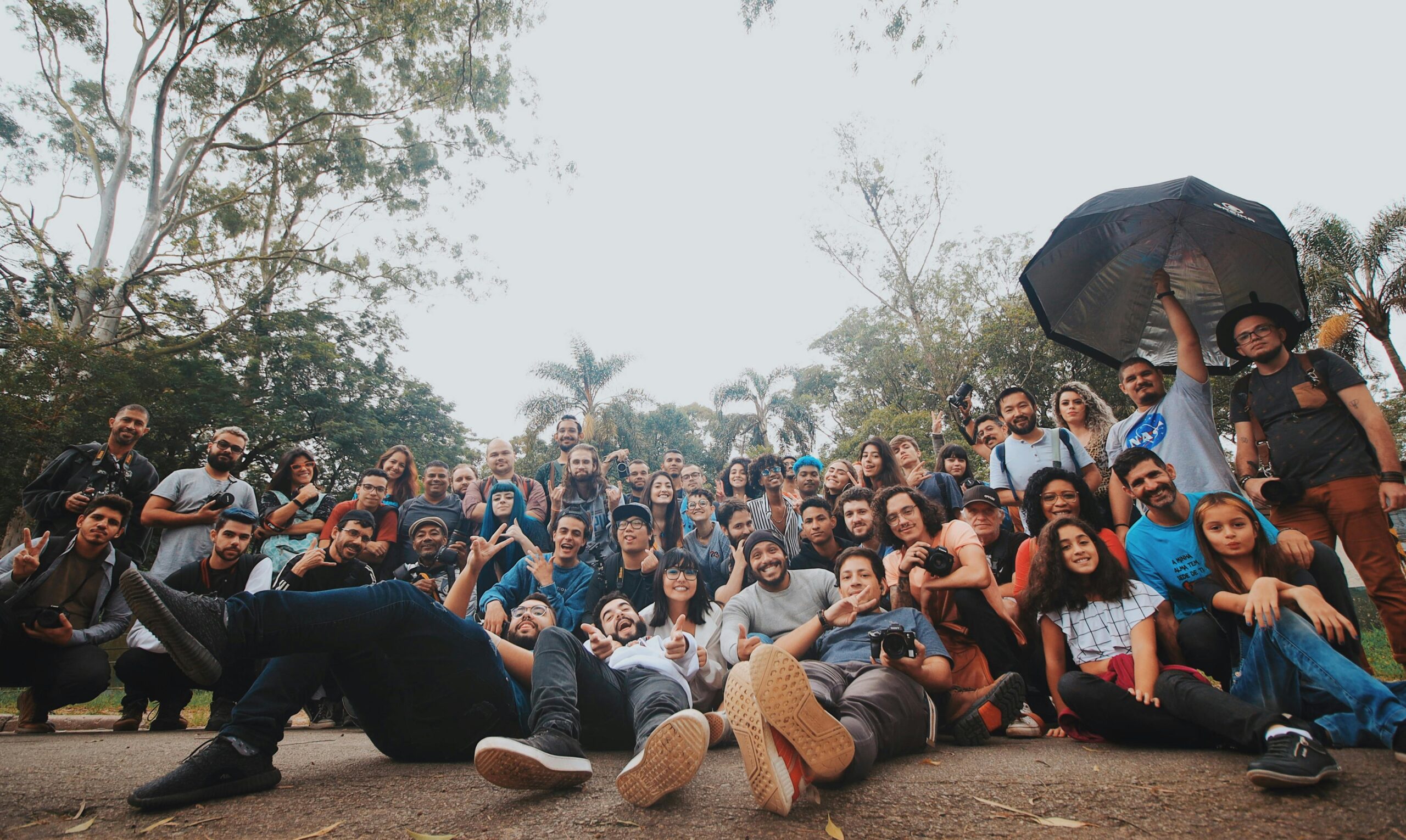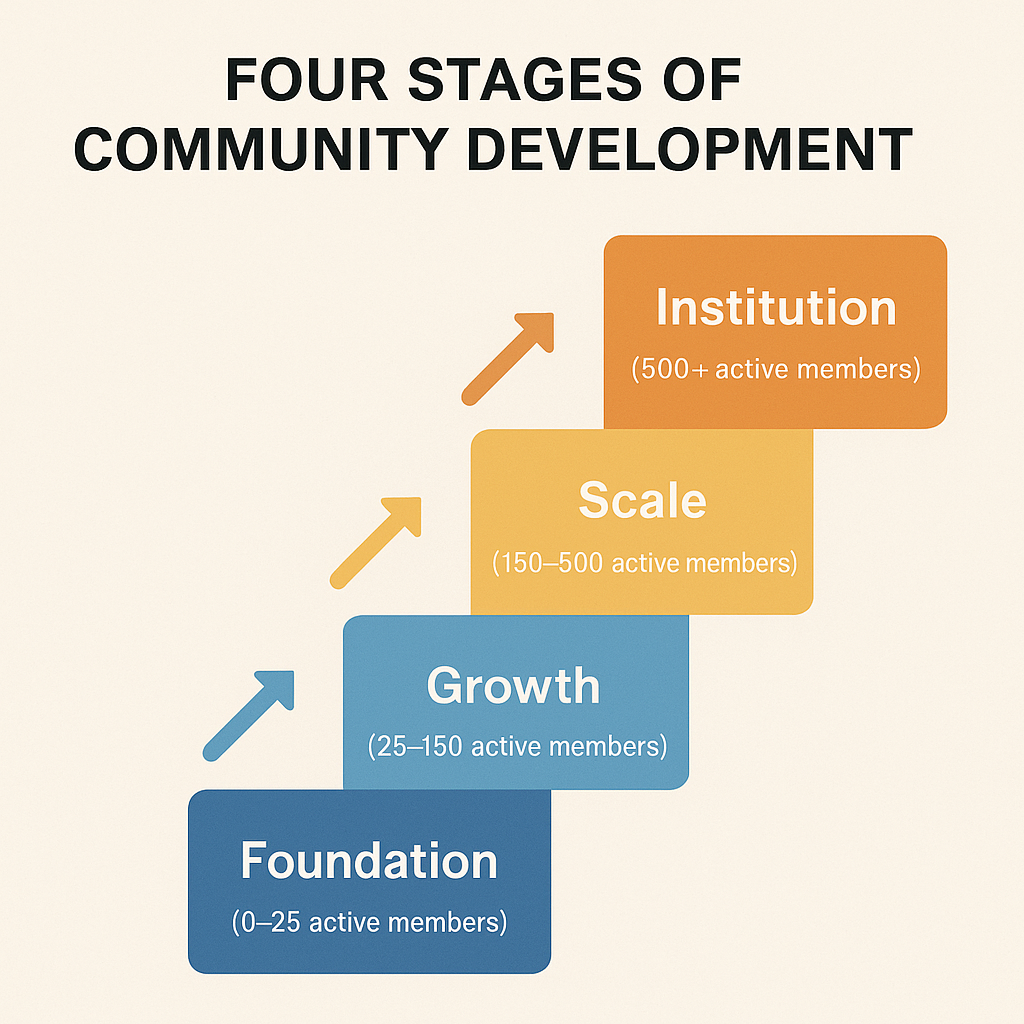

Most people approach community building backwards. They focus on size instead of systems, growth instead of habits, and metrics instead of meaning. The result? Communities that flame out faster than a poorly tuned neural network. The most successful AI communities aren’t built on grand visions or viral marketing campaigns. They’re built on small, consistent actions that compound over time. They follow the “Community Flywheel” – a system where focused value creates engaged members, engaged members attract quality participants, and quality participants generate more focused value. Here’s how to build an AI community that doesn’t just grow, but thrives.
The best AI communities begin with what feels like an embarrassingly narrow focus. Not “AI for healthcare,” but “computer vision for detecting diabetic retinopathy in rural clinics.” Not “machine learning for finance,” but “anomaly detection in cryptocurrency transactions.”
This isn’t a limitation, it’s your competitive advantage. Specificity creates clarity, and clarity attracts the right people while repelling the wrong ones. Your community’s identity should be so clear that a stranger can understand exactly who it’s for within 10 seconds.
The 2-Minute Rule for Community Definition: If you can’t explain your community’s exact purpose in under two minutes, it’s too broad. Narrow it down until it’s crystal clear.
James Clear’s First Law of Behavior Change is “Make it Obvious.” Your community platform should make valuable participation obvious and easy.
Choose platforms based on behavior, not features:
The best communities often use multiple platforms strategically – chat for daily interaction, forums for deep dives, and events for relationship building.
Successful communities run on systems, not motivation. Create “Community Habit Stacks” – linking new community behaviors to existing routines.
The Community Leader’s Daily Stack:
The Member Engagement Stack:
These small, consistent actions compound. A daily 5-minute contribution becomes 30+ hours of value creation per year.
Research shows that people join communities for resources but stay for relationships. The most engaging AI communities follow three psychological principles:
People are motivated by progress, not perfection. Create visible ways for members to track their learning and contributions:
When someone receives value, they feel compelled to give value back. Design your community to trigger this natural response:
People engage more when they feel uniquely valued. This happens through:

Building a thriving AI community isn’t about having perfect timing or unlimited resources. It’s about having better systems than your competition.
Start with one specific AI problem that deeply matters to you. Find 10 other people who share that obsession. Create a space where those 10 people can consistently help each other get 1% better at solving that problem.
Everything else is just optimization.
The compound effect of small, consistent community-building actions is remarkable. A daily 15-minute investment in your community becomes nearly 100 hours of focused effort per year. Those 100 hours, applied consistently over time, can create connections and opportunities that transform careers and entire industries.
Your AI community isn’t just a place for conversation – it’s a platform for accelerating human potential through focused collaboration. The question isn’t whether you have time to build one. The question is whether you can afford not to.
Also Read: Building an Online Community with Pinch!
©2025 Pinch - All Rights Reserved.